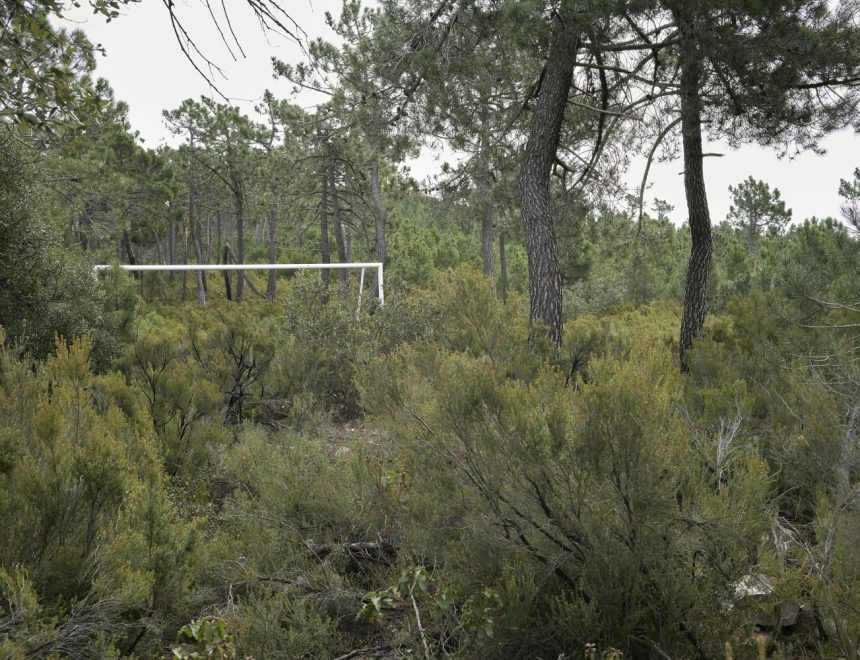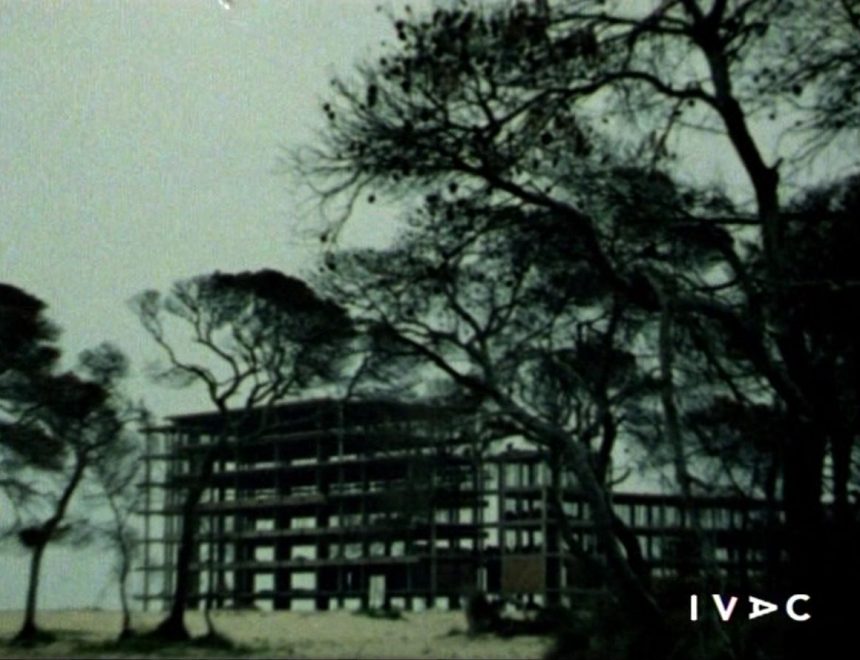Travel towards the blackness in spacetime. Research team call
“Black Spain” – EN- is a group and situated research, a proposal from the Diaspora LAB from Radio Africa, at a time of awakening from the blackness in Spain. The main goal of the EN project is to build a common cultural background about black experience and thought in Spain, from the first traces of “Blackness” to the modern day, passing through the most famous facts and those that have been ignored, hidden or deleted. In the current context, we start from a fragmented knowledge, dispersed in the academic world, in African studies, in art, in museums, in music, in activism or historiography, which have generated disjointed and partial views, often enclosed in their own bubble of knowledge or buried in a hidden silence. That’s why, EN proposes this piece of research in order to trace, reunite and weave these snippets and link them together in a rich written and visual narrative, which is rigorous and creative, based on nosologies and epistemes belonging to experience and black thought, and working with methodologies of Black Studies that are still non-existent in the country today. All, over time, to build a specific story of Iberian blackness, always connected to the Black Atlantic and with a strong protagonism of its diaspora throughout history. This recognition of a shared path with black people in Spain will enable the complexity of the relationships with and between blackness to be dealt with, in addition to re-evaluation of its contribution to black thought in modern day society.
In order to cover multiple realities, the Black Spain project, coordinated by Africa Radio, builds its structure of work on a network of museums in different regions of the country in the years 2022, 2023 and 2024. IVAM will accompany the research in the Valencian Community and Murcia.































